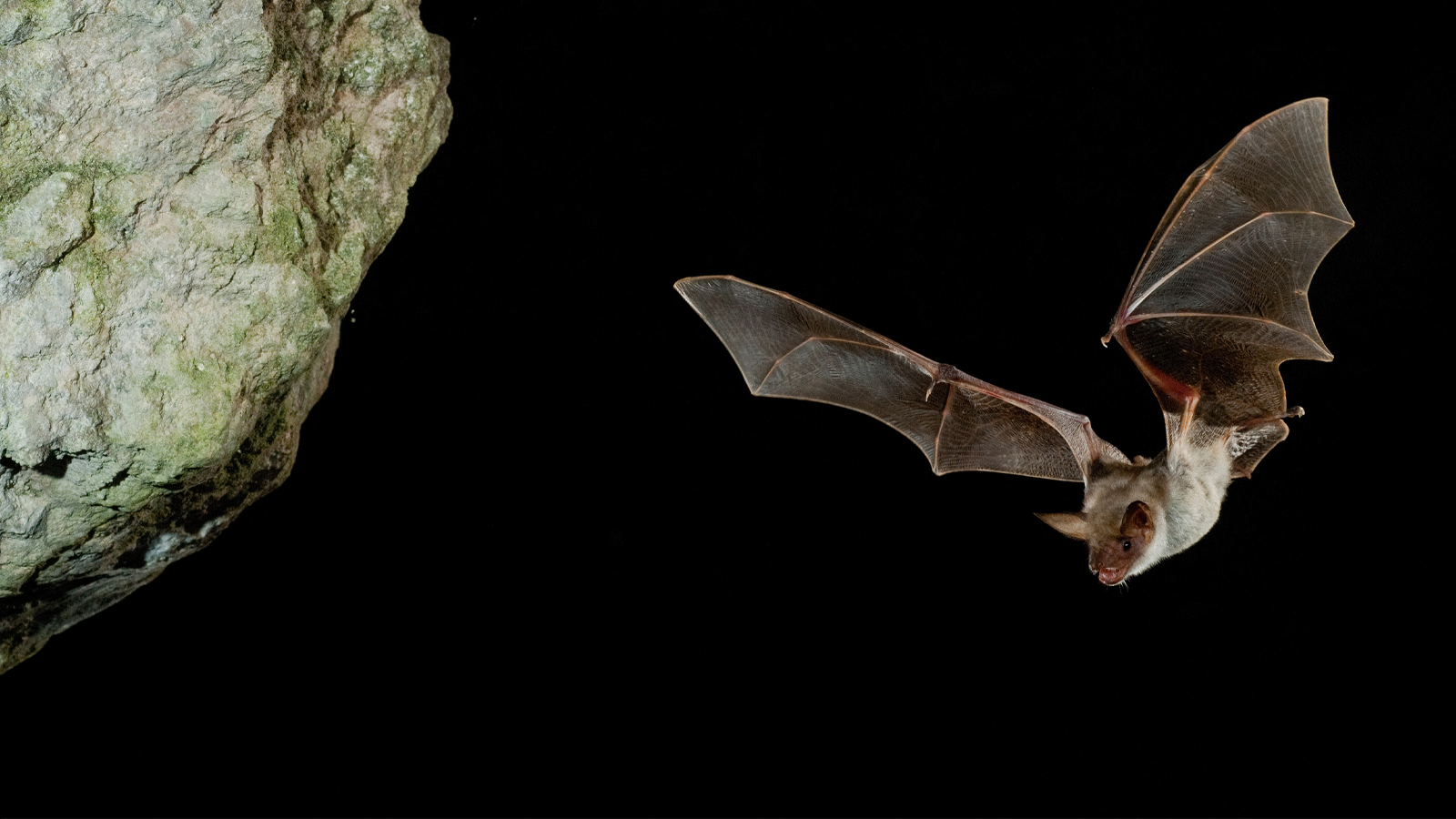Alex Odom
Data Centers | Market Leader
Associate Principal

An important stage of early childhood development and language acquisition involves the amusing game of making animal noises. Learning which animal says “moo” and which one says “meow” helps children develop their vocabulary and understand their auditory environment. This education method is universally fun, with a variety of animal onomatopoeia across different cultures and languages. But animals can teach us more than language. We can learn a lot about the fundamentals of acoustics from how animals both hear sound and make noise, and even apply some other animal features to the developments of new acoustic treatments in the field of biomimicry.
One of the most basic – one could say fundamental – elements of a sound is its frequency. Sound is created by small pressure fluctuations in the air (or water), and the rate at which these pressure waves oscillate is called frequency and it is measured in Hertz (Hz). A more qualitative description of this characteristic is called pitch. An example of a high-pitch (i.e., high-frequency) sound is the chirp of birdsong, and an example of a low-pitch (i.e., low-frequency) sound is the croak of a bullfrog.
The range of human hearing covers frequencies from 20 Hz to 20,000 Hz, but we know animals can hear things we cannot. Dog-whistles are inaudible for humans, but both dogs and cats can hear the very high frequency sound, called ultrasound, that the whistles emit. Dogs can hear frequencies as high as 45,000 Hz and cats hear up to 64,000 Hz. Even higher frequencies above 100,000 Hz are used by dolphins and bats for echolocation to both communicate and “see” the world around themselves. This is why ultrasonic room occupancy sensors should be avoided in a vivarium setting where other ultrasonic-hearing animals, like mice, are located.
On the lower end of the frequency spectrum, below 20 Hz, is infrasound. While not completely inaudible to humans, we are much less sensitive to this range than some other animals. Larger animals like whales and elephants use infrasound to communicate over great distances, and one could imagine how gigantic dinosaurs could hear it as well. Infrasound in nature is otherwise relatively uncommon, but some sound sources like wind turbines produce sounds in that frequency range, and these and other anthropogenic noise sources can affect animals and humans alike.
Once you understand what types of sound animals can hear, you can see the types of noise pollution that can affect them. Whether in the wild of national parks, or in cities, the noise from humans can stress animals out, cover up the sound of approaching predators, or cause them to alter their migration patterns entirely to seek quieter pastures. While Acentech rarely consults directly for park service entities, we frequently work to reduce environmental noise in a variety of markets, including construction, renewable energy, data centers, and transportation.
There is similar noise pollution from commercial shipping occurring in the underwater soundscape, affecting all kinds of sea creatures, including whales. Historically, whales played an important role in the history of ocean conservation, where their songs helped change public opinion and drive a transition away from whaling, and thus the end of blubber as an energy source. The preservation of whale’s acoustic environment may change the future of shipping as well. Acentech’s Michael Bahtiarian has worked with Transport Canada to advance research on quiet ship design to preserve the marine environment.
Part of the benefit of environmental conservation is that we can improve some modern technologies by learning from how animals have evolved different features. The field of biomimicry (or biomimetics) takes direct inspiration from animal models to solve a variety of human problems. Bat ears can tell us more about microphone design. In the future, human hearing could be restored by lessons from birds that regenerate their cochlear hair cells, or zebrafish, who use hair cells, similar to what appear in human cochlea, to detect the movement of water. There may even be a day in the near future where acoustical consultants recommend acoustic treatments designed to absorb sound like moth wings or reduce noise like spider silk. For now, while scientists are advancing the field of biomimicry to help the human population, we can help other living creatures by understanding the effects of anthropogenic noise on their environments and advocating for a quieter world.